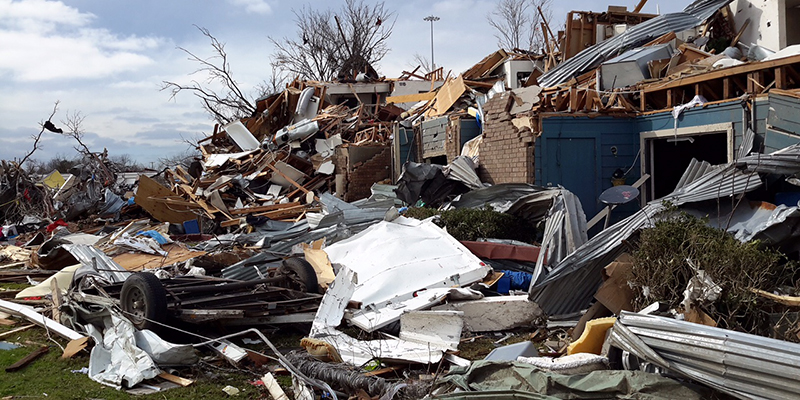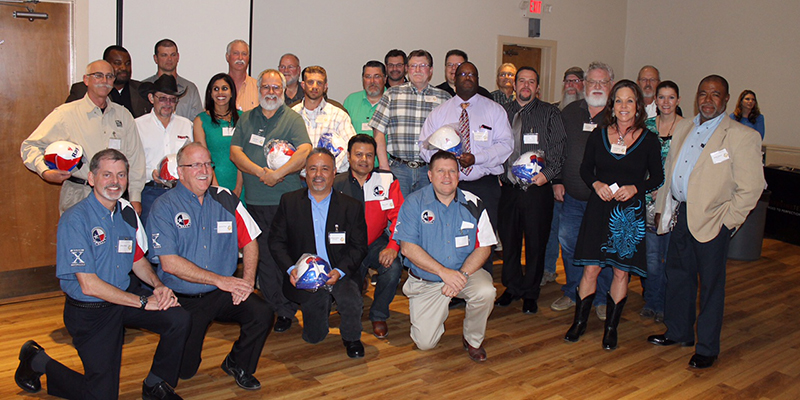Texas has the potential for more types of disasters than most other states in the nation. Recently, Texans have seen hurricanes, floods, wildfires, explosions, tornados, severe weather and even earthquakes. These disasters are impacting small Texas communities like West and Wimberley; midsize communities like Rowlett and Cleburne; and large cities like Houston, Dallas and Garland. Any disaster can have a profound impact on a municipality and its residents — financially, emotionally and physically.
Police, fire and emergency management departments have developed excellent mutual aid programs that provide statewide initial disaster response to help protect damaged areas and perform search and rescue operations in devastated areas. Following that mutual aid structure, a TML Affiliate — the Building Officials Association of Texas (BOAT) — has become a leader in providing post-disaster damage assessment.
Following the recent tornados in North Texas, 42 professionals from BOAT's Disaster Response Team deployed to Ellis County, Glenn Heights, Rowlett and Garland. The teams were made up of building officials, building inspectors, code enforcement officers and engineers from Benbrook, Carrollton, Coppell, Dallas, Garland, Hurst, Jasper, Irving, Mesquite, Plano, Rockwall, Rowlett, Wichita Falls, as well as the Structural Engineers Association of Texas (SEAoT). These teams performed rapid safety evaluations on almost 2,400 structures in just three days in inhospitable conditions. They posted more than 600 structures as "Unsafe", more than 400 as "Restricted Use" and more than 1,300 as "Inspected".
BOAT's current damage assessment program is primarily focused on homes and buildings, but through a partnership with SEAoT, BOAT is working to possibly assist municipalities with damage assessment to public infrastructure. The current damage assessment program addresses two major issues following a disaster:
|






